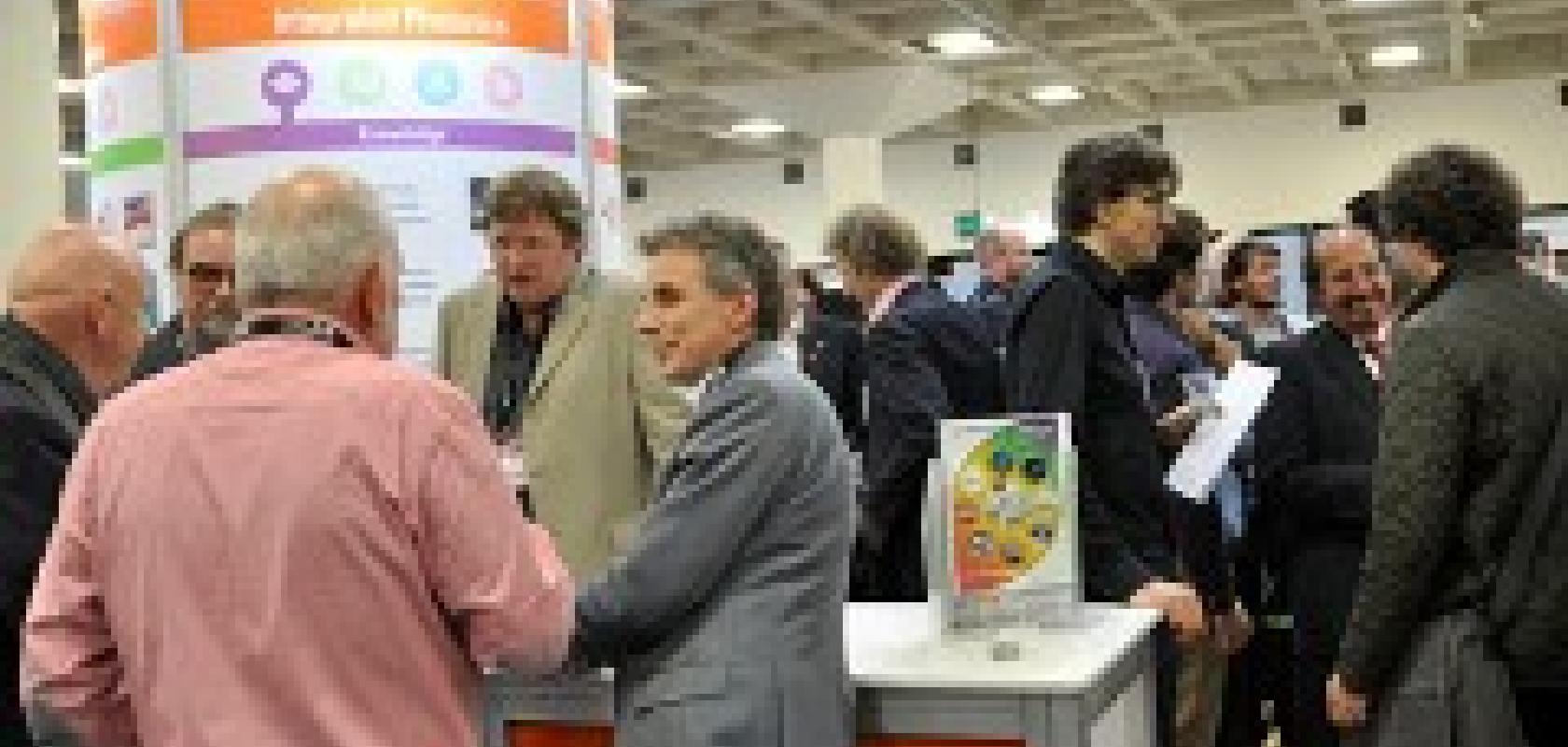From emitter and detector technology allowing researchers to measure brain activity, to thermal imaging for the iPhone, Greg Blackman recounts the technology on display on the show floor in part II of the Photonics West review
‘Stop thinking’, the scientists at the Hamamatsu booth kept telling me. At the time I was strapped into a demonstration device on the company's Photonics West booth that measures the amount of oxygen used by the brain, and, as it turned out, ceasing to think is really quite difficult to do.
The demonstration involved controlling the speed of a toy Scalextric car purely by the power of thought. The device attached to the forehead hinges on the performance of infrared emitters and photodiodes developed by Hamamatsu, which detect the levels of oxygen used by the brain. The harder you think, the more oxygen the brain uses, which translates into the car accelerating. Having this device strapped to my head and told to ‘think’ seemed like a ludicrously abstract concept, so it was satisfying to watch (and a big relief) as the car accelerated on the track in response to my supposed thoughts. The difficult bit came when I was told to ‘stop thinking’.
Photonics West, the annual photonics technology showcase event, which ran 1-6 February, has always been the launch point of new products, and this year was no exception. The show drew a record 21,360 attendees, and the mood from the event was largely positive, as emphasised during a panel discussion made up of executives from some of the biggest companies in the industry (see part I).
New technology was highlighted in the Prism Awards, which recognised innovative photonic products in nine categories. SPIE also ran its Startup Challenge competition, which saw eight entrepreneurs pitch their technology and business proposals in only three minutes to a panel of judges for $10,000 prize money. The winner was a miniature OCT probe small enough to fit inside a surgical needle, and is designed to help surgeons remove tumours in breast cancer patients. Medicine and life sciences is a particularly strong area for photonics, which was noted in the executive panel discussion (see part I) and evident in the strength of the BiOS conference and exhibition that ran during the first two days of Photonics West.
The technology on display during the main Photonics West exhibition ranged from Flir’s new thermal imaging device for the iPhone 5, to Imec’s hyperspectral image sensor technology, to ultrafast lasers from Newport. Edmund Optics had a number of its partners on its booth, including Australian company Ocular Robotics, showing scanning imaging systems, and Indian company Forus Health, which uses Edmund’s optical components in its low-cost ophthalmic device for screening for eye ailments in the developing world.
Trumpf exhibited a scaled down model of its CO2 laser amplifier developed for EUV lithography machines, the next generation lithography systems that promise to shrink the size of transistors on integrated circuits and increase computing clock speed. The semiconductor market was also noted during the panel discussion as growing at the moment, although its cyclical nature suggests this might not always be the case.
The strength of the industry was evident at the show, but the nature of photonics is such that it is relatively unknown outside the sphere of the photonics market. The efforts being made to improve awareness of photonics technologies were discussed during the show, which forms part of the third instalment of this review of Photonics West.


